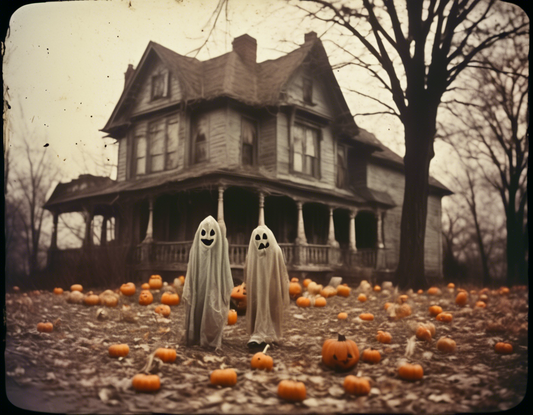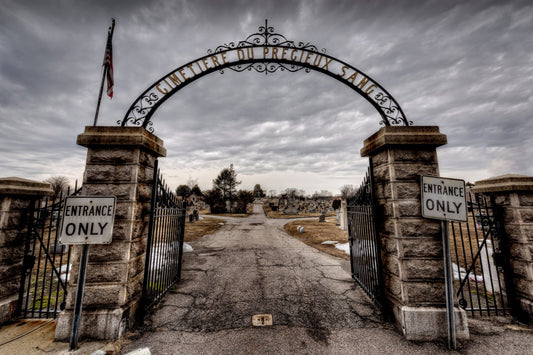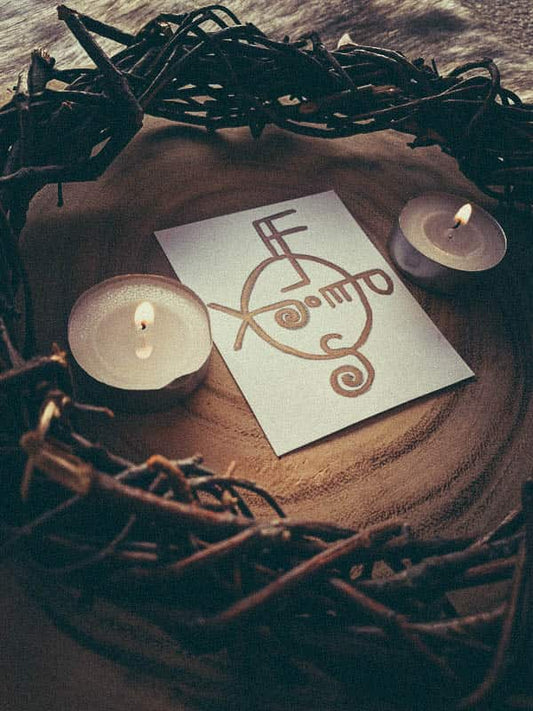
Witches and their cauldrons have long been associated with magic, mystery, and the supernatural. The image of a witch stirring a bubbling cauldron filled with strange ingredients has been depicted in folklore, literature, and popular culture for centuries. Let’s delve into the fascinating history and purpose of witches cauldrons, exploring the individuals who used them and uncovering additional information that sheds light on their significance.
History of Witches Cauldrons
The origins of witches cauldrons can be traced back to ancient times. Cauldrons, large cooking pots made of metal or clay, were used for practical purposes such as cooking and brewing. However, in the realm of witchcraft, the cauldron took on a whole new dimension. It became a symbol of power, transformation, and the connection between the earthly and spiritual realms.
In ancient Celtic traditions, cauldrons played a central role in religious rituals. They were believed to possess magical properties and were used for divination, healing, and spellcasting. The famous Celtic goddess Cerridwen was associated with a cauldron of inspiration and rebirth, emphasizing the transformative nature of the vessel.
During the medieval period, cauldrons became linked to the practice of witchcraft. The image of witches brewing potions and casting spells over a cauldron gained popularity. This association was fueled by the fear and persecution of witches during the witch trials of the 16th and 17th centuries. The cauldron became an iconic symbol of witchcraft, representing the alleged dark arts and supernatural powers.
Purpose of Witches Cauldrons
The purpose of witches cauldrons extended beyond their symbolic significance. They were used in various magical practices and rituals, each serving a specific purpose.
1. Potion Brewing: Witches cauldrons were primarily used for brewing potions and concoctions. These potions often had medicinal, transformative, or mystical properties. The cauldron served as a vessel for blending and infusing ingredients, allowing the witch to harness the desired magical properties.
2. Divination: Cauldrons were also employed in divination practices. By gazing into the swirling contents of the cauldron, witches sought to gain insights into the past, present, and future. It was believed that the cauldron acted as a portal to the spirit realm, allowing witches to communicate with otherworldly entities and receive prophetic visions.
3. Rituals and Spellcasting: Witches cauldrons played a crucial role in various rituals and spellcasting ceremonies. The cauldron served as a focal point for channeling energy and intentions. It was believed that the combination of ingredients, the heat of the fire beneath, and the stirring motion created a potent magical brew.
Who Used Witches Cauldrons
Witches cauldrons were predominantly used by practitioners of witchcraft, both male and female. Witches, often referred to as cunning folk, wise women, or herbalists, were skilled in the arts of magic and healing. They would gather herbs, roots, and other natural ingredients to create potions and conduct rituals using their cauldrons.
It is important to note that the concept of witches and their cauldrons is rooted in folklore and mythology. The depiction of witches as malevolent individuals practicing dark magic is largely a result of societal fears and misconceptions.
Throughout history, witches cauldrons have been associated with specific rituals and beliefs. Here are a few additional pieces of information that shed light on their significance:
1. The Threefold Law: According to the Wiccan belief system, whatever energy is put into a cauldron, whether positive or negative, is believed to return to the spellcaster threefold. This emphasizes the importance of using magic responsibly and with good intentions.
2. Familiar Spirits: Witches were believed to have familiar spirits, often in the form of animals, that aided them in their magical practices. The cauldron was seen as a vessel through which these spirits could communicate and assist the witch.
3. Modern Interpretations: In contemporary witchcraft and pagan practices, cauldrons are still used as tools for rituals and spellcasting. They are often filled with herbs, candles, and other symbolic objects to enhance the magical workings.
Witches cauldrons have a rich history and purpose that goes beyond the popularized image of a witch stirring a bubbling brew. They symbolize transformation, power, and the connection between the physical and spiritual realms. Whether used for potion brewing, divination, or spellcasting, cauldrons hold a significant place in the world of witchcraft and magic. Exploring their history and understanding their purpose allows us to appreciate the deep-rooted traditions and beliefs associated with these mystical vessels.





